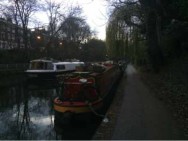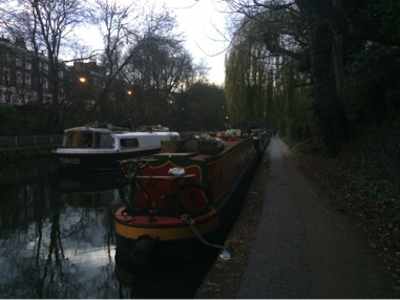
Putting the Pee into PC
A new form of recycling is about to hit Silicon Valley. The eco-friendly technology uses urine to power a computer. The technology is the next best thing to water power – it creates enough energy to send a wireless signal to a PC.
A team led by Professor Ioannis Ieropoulos of the Bristol BioEnergy Centre, created a self-sufficient system powered by a wearable energy generator based on microbial fuel cell (MFC) technology.
Ieropoulos is also popularising a “smart toilet”, which aims to help bring sanitation to off-grid areas.
He says the toilet that can power and recharge small electrical devices using urine as the power source and at the same time remove pathogens and clean the urine for sanitation purposes. The team is working towards a prototype that will be installed in Durban, South Africa for a bigger research trial. Eventually it is hoped that a smart toilet capable of generating power and removing pathogens from urine will go into manufacture.
their latest application of Pee power was achieved by embedding socks with MFCs that produced enough energy through the wearer’s footsteps to power a wireless transmitter that sends a signal to a PC.
Essentially, the gizmo uses the foot as a manual pump to drive wee (the fuel) around the system and, in turn, create a small current.
Ieropoulos explains why a device like this could be used for all manner of portable and wearable electronics.
Q: What is the Microbial Fuel Cell?
– It is a bio-electrochemical system, that has a capability to convert organic waste directly into useful electricity, and can therefore have a wider impact in terms of resource recovery in every day life.
Q: And you’ve created a wearable generator with this?
– Yes, we did it to demonstrate the potential of the technology in emergency situations, where a low-cost piece of kit, which forms part of an outfit or some outdoor gear, can start transmitting a distress signal with the survivor’s coordinates, after the user simply urinates inside the wearable system.
Q: How does it work?
– Inside MFCs exist microbial communities, which are electro-active and which ‘excrete’ electrons as part of their natural metabolism, when they are fed with organic waste ‘fuel’ such as urine. These microbes live on the surface of electrode materials and allow the excreted electrons form current.
Q: Using urine to make energy sounds a bit unpleasant…
– The use of any form of human by-product (solid excreta, saliva, perspiration) is naturally associated with unpleasantness and discomfort, and urine is no different. Using urine as the carbon-energy source for the microbial communities inside MFCs, implies collecting and handling urine, which is, of course, unpleasant. But this is precisely the work that needs to be done in the lab, in order to develop the technology to the point where the user can still utilize urine to generate useful electricity, but …

